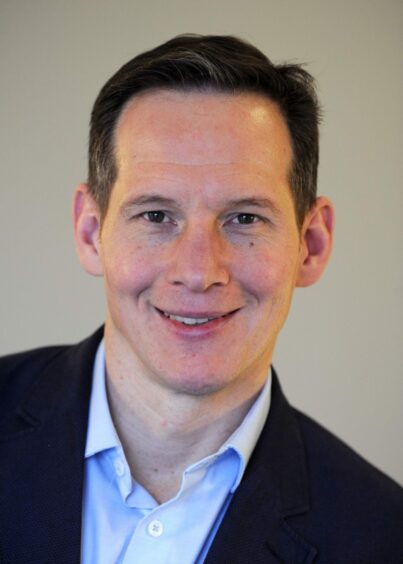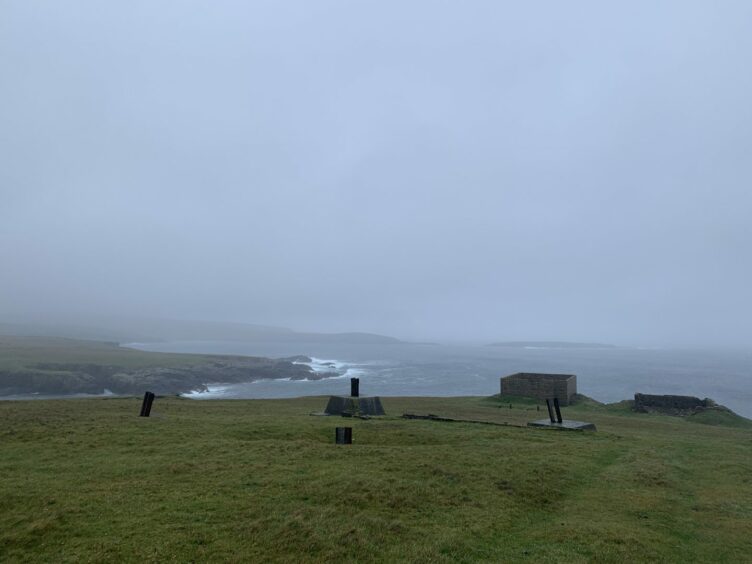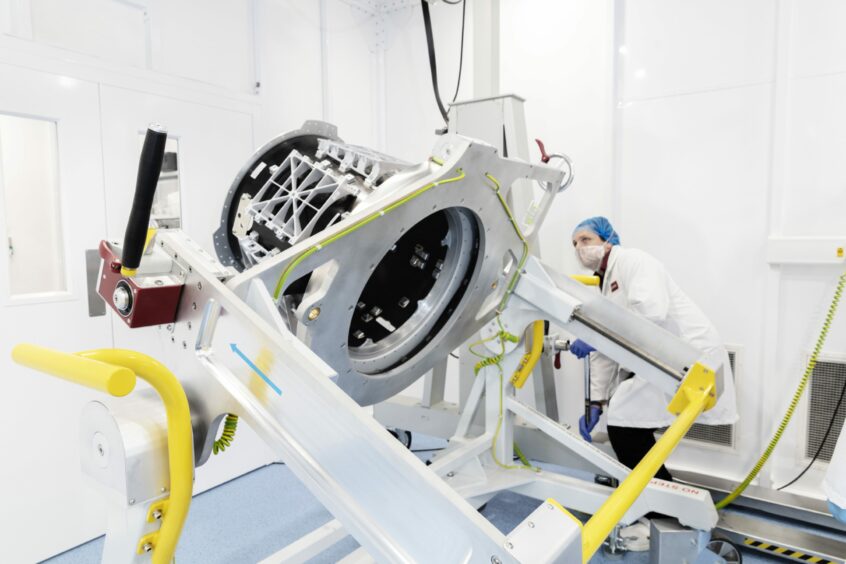Lockheed Martin says it is tracking a launch of the UK’s first ever vertical space launch from SaxaVord on Shetland in “Q1 next year” as myriad pieces of its celestial jigsaw start to slot into place.
The US aerospace giant – currently also involved with huge programmes for the moon, Mars and the James Webb space telescope peering back almost to the dawn of time itself, conceded a Shetland lift-off for the UK Pathfinder project would be “unlikely” this year.
“It is fair to say it is unlikely it will launch this year so we are tracking a date for Q1,” Lockheed Martin UK and Europe regional director Nik Smith told The Press and Journal from the Farnborough International Airshow, bringing together tens of thousands of aerospace professionals from around the world.
“A number of things are on critical path for us – just part of the challenges when you are operating a programme as complex as this.”
SaxaVord launch site is being prepared
Despite the significant number of stars which have to align, work has already started on Shetland after SaxaVord’s application to build the spaceport was approved by the Islands Council and where launch pads and integration buildings are being prepared.
Around 140 new jobs on Unst
News of a move towards a launch early next year will also trigger job creation on Shetland directly – but also in the north Scotland supply chain and interest from people not traditionally associated with space engineering.
The SaxaVord launch facility will create around 140 jobs in Unst itself and inject at least £4.9m into the Shetland Island economy each year.
It will also provide a further 70 jobs throughout Shetland, adding a further £2.9m in gross value to the economy.
Mr Smith added: “Of course the hard part is to understand what the indirect figures will be – maybe 200 jobs linked to the spaceport activity.
“Part of what we really focus on is how we interact with the supply chain locally.
“How do we get involved with nurturing skills and bring people into the space industry?The reality is to work in the space industry you don’t need a space science degree.
“One of my engineers came from oil and gas – what we are looking for is engineering discipline.”
A critical element of the UK Pathfinder Launch is the development of the Orbital Manoeuvring Vehicle (OMV) by Moog, a free-flying vehicle which will be used to deploy up to six 6u CubeSats or small satellites into low earth orbit (LEO).
The US colossus describes itself as a “client systems integrator” and is keen to stress its enormous space heritage when it comes to honing in on Scotland’s launch potential.
We do complex programmes – it is our bread and butter
“What is Lockheed Martin’s role in this?” asks Mr Smith. “We are not providing a rocket, we are not building the spaceport.
“This is where Lockheed Martin’s business experience (comes in) because we understand the space market.
“We do these complex programmes – it is sort of our bread and butter.”



